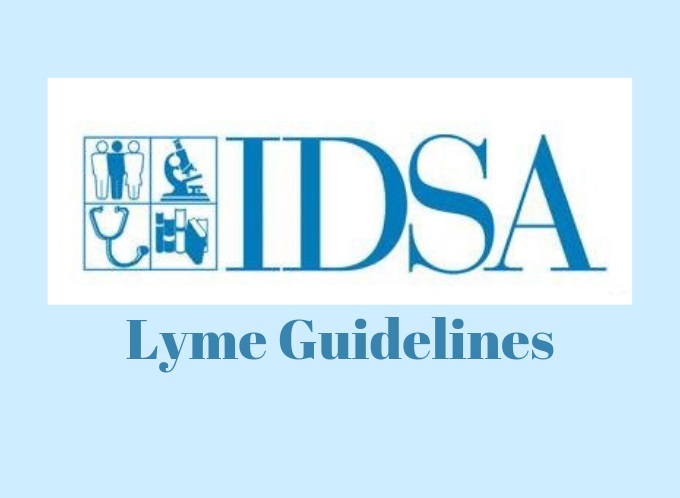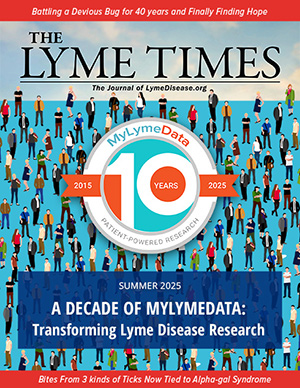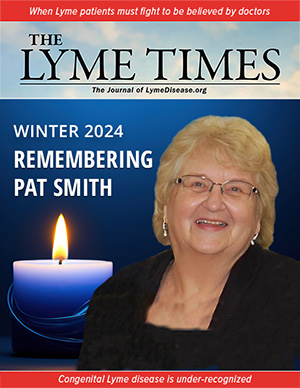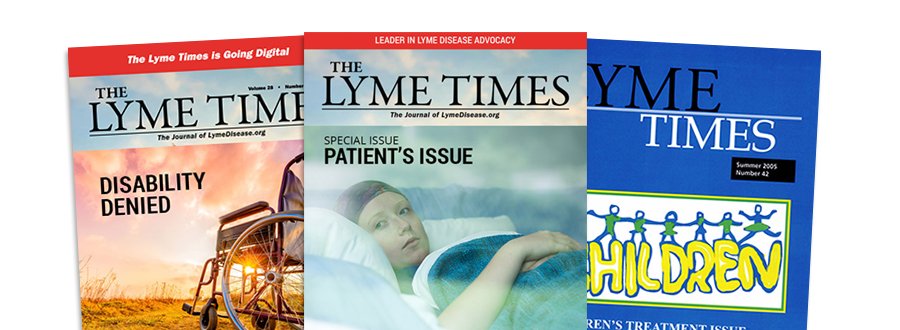T he Infectious Diseases Society of America (IDSA) recently released its new guidelines. They are 48 pages long and will take time to digest, but I want to share my initial impressions. These guidelines are in many ways a walk down memory lane—not much has changed. Previous viewpoints are more entrenched, and guidelines are more restricted.
The guidelines use the GRADE approach to evidence assessment that the National Academy of Science recommends 1. There are now three sets of Lyme guidelines that use GRADE, including the International Lyme and Associated Diseases Society (ILADS) and the guidelines of NICE (the UK health agency).

Key recommendations that patients care about in the three sets of guidelines vary dramatically —particularly those regarding how to diagnose and treat non-specific symptoms of Lyme disease and whether to re-treat patients who remain ill.
On the continuum of allowing for clinical judgment and consideration of patient values, the IDSA guidelines are by far the most restrictive of the three. Both the NICE and ILADS guidelines allow more flexibility in exercising clinical judgment and in using shared medical decision-making between patients and clinicians based on individual circumstances.
The broad curtailment of clinical judgment by the IDSA here means that diagnosis, treatment, and retreatment are highly restricted and individualized care is replaced with a “one-size-fits-all” approach. It also means that, for the most part, individualized assessment of the risks and benefits for the individual patient has been hijacked by the IDSA, without examining or knowing the patient’s clinical history, circumstances, severity of illness, or values.
The IDSA Lyme disease guidelines’ goal does not appear to be to help patients get well.
IDSA Denies Persistent Lyme Disease Infection
Another key difference between guidelines is that both ILADS and NICE recognize the potential for persistent Lyme disease infection, while the IDSA denies its possibility entirely……Join or login below to continue reading.




























